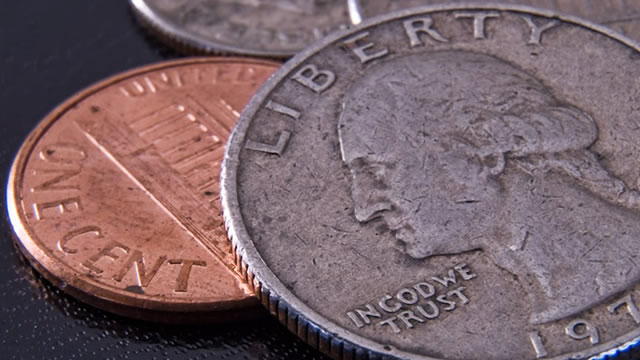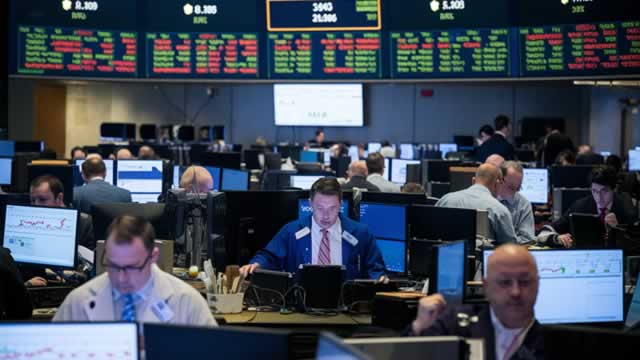Federal Reserve Interest Rate Cut: A Shift in Expectations
The financial markets have undergone a significant shift in recent weeks, with traders now fully pricing in a Federal Reserve interest rate cut in June. This represents a change from the previous consensus of a rate cut in July.
Economic Backdrop
The economic backdrop has been a major factor driving this change in expectations. Global growth has slowed down, and the US economy is showing signs of deceleration as well. The manufacturing sector has been hit hard, with the ISM Manufacturing PMI falling to its lowest level since 2016. Additionally, inflation has been muted, with the core CPI remaining below the Fed’s 2% target.
Tariff Impacts
Another major factor is the impact of tariffs. The ongoing trade war between the US and China has led to increased uncertainty and volatility in the markets. The tariffs have led to higher costs for businesses and consumers, and have disrupted global supply chains. This, in turn, has led to a slowdown in economic activity.
Impact on the Average Investor
For the average investor, a Fed interest rate cut can have both positive and negative effects. On the positive side, lower interest rates can lead to higher stock prices, as lower borrowing costs can boost corporate profits. Lower interest rates can also make bonds less attractive, leading investors to shift their money into stocks. However, lower interest rates can also lead to higher inflation, which can erode purchasing power and reduce the value of savings.
Impact on the World
The impact of a Fed interest rate cut on the world is complex and far-reaching. A rate cut can lead to a weaker US dollar, making US exports more competitive and making imports more expensive. This can boost US economic growth but can also lead to inflationary pressures in other countries. A rate cut can also lead to a “race to the bottom” in interest rates, with other central banks following suit to keep their currencies competitive.
Conclusion
In conclusion, the shift in expectations towards a June Federal Reserve interest rate cut reflects the changing economic and geopolitical landscape. The economic backdrop and tariff impacts are limiting the Fed’s ability to address market challenges with small rate cuts alone. For the average investor, a rate cut can have both positive and negative effects, and it is important to consider the broader implications for the global economy.
- Traders now fully pricing in a Federal Reserve interest rate cut in June
- Economic backdrop and tariff impacts are driving this change in expectations
- Impact on the average investor can be positive and negative
- Impact on the world can lead to a weaker US dollar and inflationary pressures





